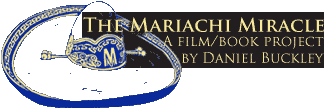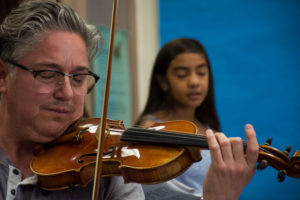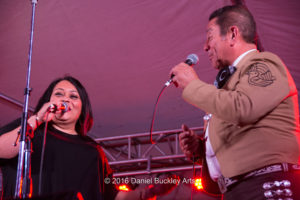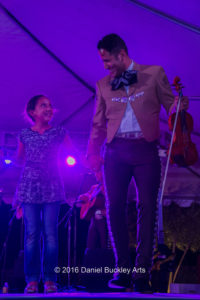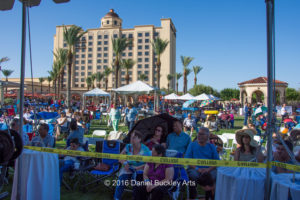 One of the least discussed and most critical ingredients to any art form is its audience. No artistic effort will last long without an audience. And those that cultivate an audience that understands and appreciates what is done on the stage thrive, even in times of economic hardship.
One of the least discussed and most critical ingredients to any art form is its audience. No artistic effort will last long without an audience. And those that cultivate an audience that understands and appreciates what is done on the stage thrive, even in times of economic hardship.
A recent discussion that took place while filming for The Mariachi Miracle helped frame the discussion of the evolving audience for mariachi and folklórico dance that is arising from the mariachi conferences.
I was chatting with violinist/teacher David Gill at the Davis Elementary Summer Mariachi Camp a couple of days ago when he off handedly remarked about how mariachi conferences create a whole new market for CDs by top flight mariachi artists. He noted that the kids and their parents make up a huge percentage of the CDs that these groups sell – likely much more than they sell to other fans. The kids in turn pour over ever note and inflection of these recordings to perfect their own skills.
But it got me thinking about the broader mariachi ecosystem that has developed over the past half century, and reflecting on the importance of a knowledgeable audience.
During my years as a classical music writer for the Tucson Citizen I got to see a variety of audiences. It became clear that some understood the art form presented better than others. And in return, those groups that developed an audience that understood that art form very well saw much higher artistic growth and considerably less financial stress in supporting the effort. By far the most cultivated audience in Tucson in my days with the Citizen was that of the Arizona Friends of Chamber Music, and by that I mean that this audience grasped the nuances of chamber music especially well and could easily discern the difference between good and great performances.
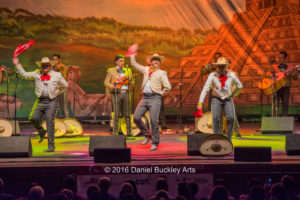 That is what is being cultivated at mariachi conferences around the country. The kids that have grown up in this movement (and their parents, for that matter) have a clear understanding of the values of showmanship, quality intonation, individual and ensemble perfection, and more. Likewise the folklórico dance audiences respond to the quality of the choreography, its sheer architecture on an ensemble and individual level, as well as the passion and athleticism the dancers bring. You see all of that it in the way audiences respond to the music and dance being presented. It’s not just gut reaction anymore. There is a true sophistication in the way they receive a given artist or group.
That is what is being cultivated at mariachi conferences around the country. The kids that have grown up in this movement (and their parents, for that matter) have a clear understanding of the values of showmanship, quality intonation, individual and ensemble perfection, and more. Likewise the folklórico dance audiences respond to the quality of the choreography, its sheer architecture on an ensemble and individual level, as well as the passion and athleticism the dancers bring. You see all of that it in the way audiences respond to the music and dance being presented. It’s not just gut reaction anymore. There is a true sophistication in the way they receive a given artist or group.
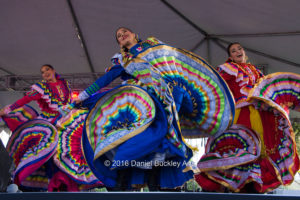 That comes with time and emphasis on best practices. And it’s one of the many subtle but important positive outcomes of the evolving mariachi and folklórico movement.
That comes with time and emphasis on best practices. And it’s one of the many subtle but important positive outcomes of the evolving mariachi and folklórico movement.
Shedding light on the broader ecosystem of this movement is what The Mariachi Miracle project is all about. By the end, a clearer, more comprehensive picture of the mariachi movement as a multi-dimensional transformational force will emerge. It’s about how the youth mariachi and folklórico have transformed our city’s social, political, educational, economic AND artistic fabric. All of those are key to understanding the big picture of what this movement has accomplished.
But to get there we need your continued financial support. I am extremely grateful to all of you who have or will support The Mariachi Miracle through the GoFundMe campaign or one of the other ways outlined at http://www.mariachimiracle.com/support-the-mariachi-miracle/ .
For more information, video clips, photos, etc. go to http://www.mariachimiracle.com .
And thank you all again for your support.
- Daniel Buckley
- Producer/Director
- The Mariachi Miracle.
